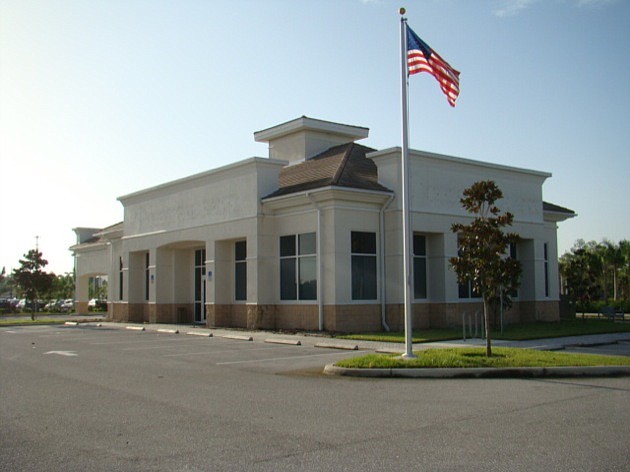The race to identify the next bank to fail is in full throttle.
And the Federal Deposit Insurance Corp. revved up the chase even more Sept. 1, when it said its list of troubled banks increased since the end of June from 775 to 829 of the nation's 7,800 banks. Total bank failures nationwide, already at 118 as of Aug. 27, could surpass the record of 140 failures set last year.
The failure watch, however, has consistently lacked one key element: A measurement that accurately portrays a bank's total health. Bankers and industry analysts loathe mathematical formulas like the Texas ratio and adjusted Texas ratio, which compares nonperforming assets plus accruing loans 90 days past due to tangible common equity plus allowance for loan losses.
Most bankers say those formulas are inherently incomplete because the analysis ignores historical context.
But now there's a new ratio for the failure watch, devised by analysts for Boenning & Scattergood, a boutique investment banking firm in suburban Philadelphia. The formula, called the “failure ratio,” compares the last 12 months of loan loss provision expense to Tier I capital, which adds historical data.
“We found there was a lot to be desired from the Texas ratio,” says Boenning & Scattergood senior analyst Jason O'Donnell, who co-created the failure ratio formula. “The statistical rate of accuracy was much higher in our ratio.”
The Business Review, through Charlottesville, Va.-based research firm SNL, analyzed 66 Gulf Coast community banks using a failure vs. Texas ratio comparison.
At least five Gulf Coast bankers and industry analysts who looked at the chart assembled by SNL said there were few surprises: Banks already known to be in trouble are at the top of the list, while most banks thought to be in good shape are at the bottom.
Nonetheless, most bankers agree that any formula, short of a line-by-line assessment written by a regulator or a full-blown call report analysis, is bound to lack something.
“This is a great introduction,” says Tom Hodgson, president and CEO of 1st Manatee Bank in Parrish. “But if you really want to see what's going on [in a bank] you have to dig deeper.”








